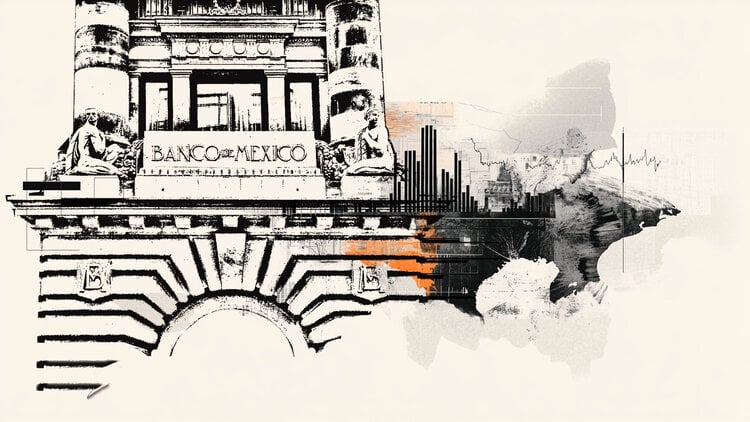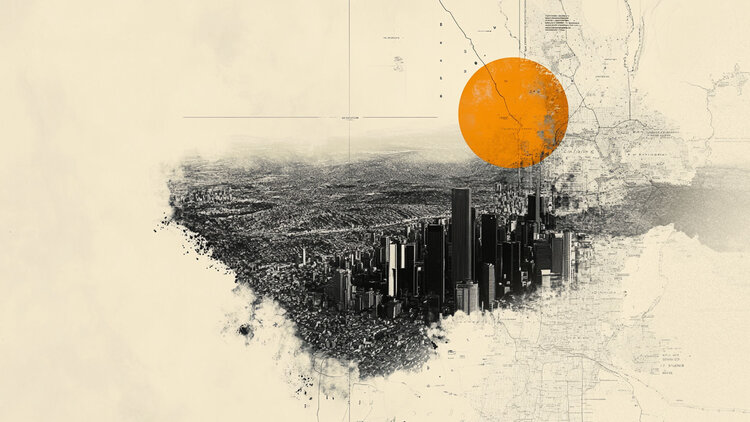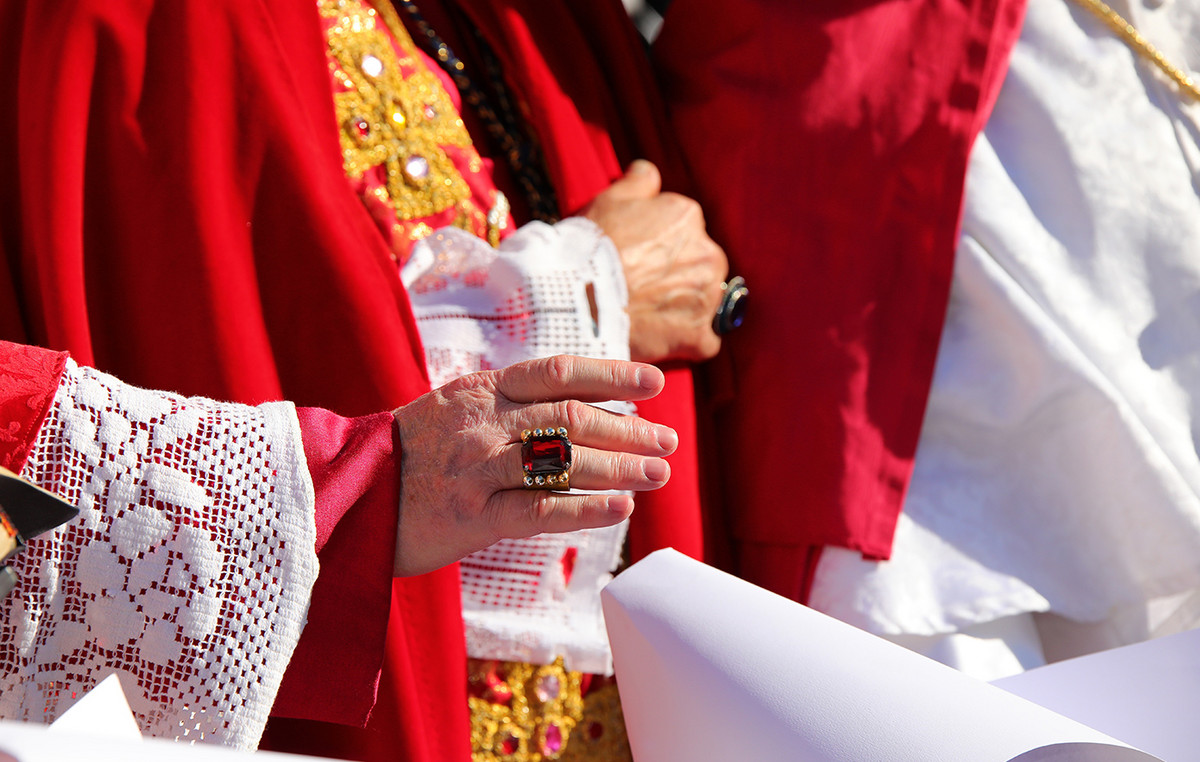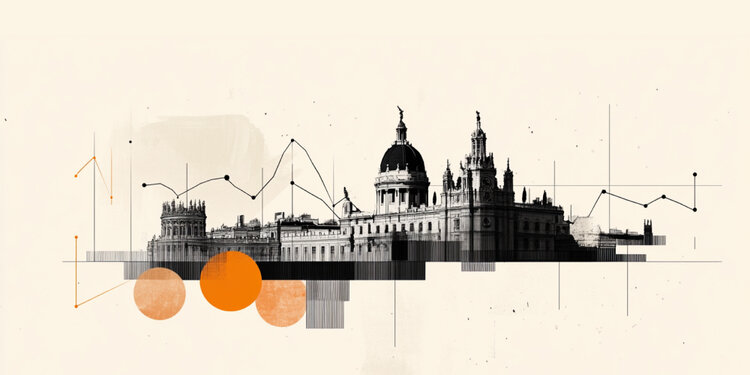With the breakdown of global production chains amid the pandemic, driver inflation rose by 17.03% in the 12 months ended in March, according to calculations made by Fundação Getúlio Vargas (FGV) at the request of the Estadão/Broadcast real-time news from Grupo Estado), with data from the Consumer Price Index-10 (IPC-10).
The basket includes prices for vehicles, fuel, parts, related services and public tariffs such as fines and licensing. The official inflation, the Broad Consumer Price Index (IPCA), accumulates 10 79% in 12 months until March.
The war in Ukraine adds additional pressure to oil prices: if nothing else increases in April, only the fuel readjustment carried out in March by Petrobras will raise this rate to 22.08%.
“Fuel is the focus (of inflation in April), but, with the resumption of post-pandemic activities, we can see new readjustments in services that were half frozen, such as the workshop, for example”, predicted Matheus Peçanha, researcher at the Instituto Brazilian Institute of Economics (FGV/Ibre).
On the products side, the most recent IPCA data, referring to February, show that new cars have already accumulated a high of 22.94% in 18 months of consecutive increases, according to the Brazilian Institute of Geography and Statistics (IBGE).
“Similar movement occurs in used cars and motorcycles. The explanation behind it is exactly the same, the automotive sector has been one of the most impacted by the breakdown of production chains”, said Pedro Kislanov, manager of the IBGE’s National Price Index System, at the time the figures were released.
The used car has been up for 20 months, with an accumulated increase of 22 66%. Motorcycles have risen for 15 consecutive months and have already become 17 72% more expensive in the period. Other correlated services also increased, such as voluntary insurance, registration and repair.
Thanks to the heated demand, the automotive sector is the only one among the ten that make up the expanded retail trade that has been able to pass on almost entirely to the consumer the increase in prices of products at the factory door, according to a survey by economist Fabio Bentes, from the National Confederation of Trade in Goods, Services and Tourism (CNC).
Parts
In the 12 months ending in January 2022, prices for products from the automotive industry were 17% higher at the factory door. In retail, the rise in consumer prices in vehicle and motorcycle stores, parts and pieces was 16.5%. This means that 96.8% of the increase in wholesale costs was passed on to the final customer, calculated Bentes. “The sector is trying to regain the profit margin it lost during the most critical period of the pandemic”, evaluated Bentes.
The automobile industry was affected by the breakdown of production chains and the lack of inputs, but also by the increase in raw material and energy costs, pointed out André Braz, coordinator of the FGV/Ibre Price Indices. “If the automobile industry could not meet the market, this helped to heat up the used market. New cars have gone up just as much as used ones. If there was no part, the car is scarcer, this causes a supply shock”, said Braz.
High prices and high interest rates should drive away customers
The dream of the new car became more distant for Brazilians. Higher prices and higher interest rates on financing will dampen demand, experts predict.
After two years of strong adjustments, the average price of hatchbacks, a category that includes the cheapest cars, was R$79,000 in January this year, according to Cassio Pagliarini, from Bright Consulting, a consultancy specializing in the automotive sector. In 2016, the average price was BRL 48,000. Correcting for inflation, it would be the equivalent of R$ 62 thousand.
The more expensive credit should serve to slow down the increases in the coming months, even with the persistence of higher costs, estimates economist Fabio Bentes, from the National Confederation of Commerce in Goods, Services and Tourism (CNC). “No retail segment depends as much on credit as the automotive sector. This attempt to recompose the (profit) margin does not go far.”
The average interest rate for vehicle purchases was 26.86% in January 2022, according to data from the Central Bank (BC) compiled by Bentes.
Source: CNN Brasil
I am Sophia william, author of World Stock Market. I have a degree in journalism from the University of Missouri and I have worked as a reporter for several news websites. I have a passion for writing and informing people about the latest news and events happening in the world. I strive to be accurate and unbiased in my reporting, and I hope to provide readers with valuable information that they can use to make informed decisions.







